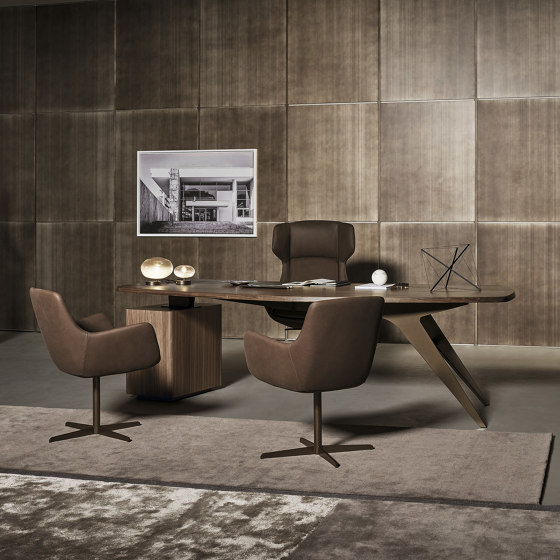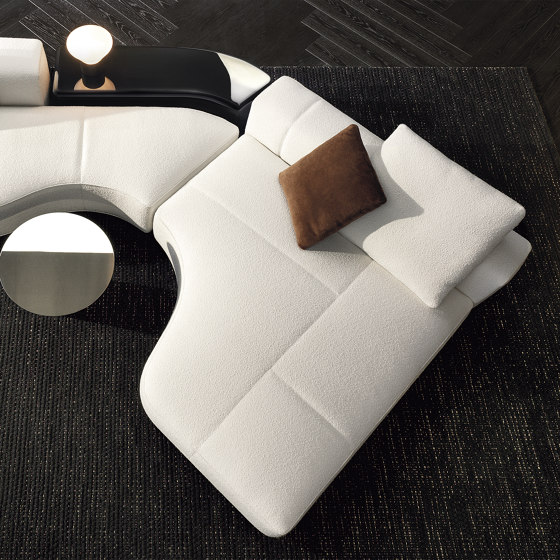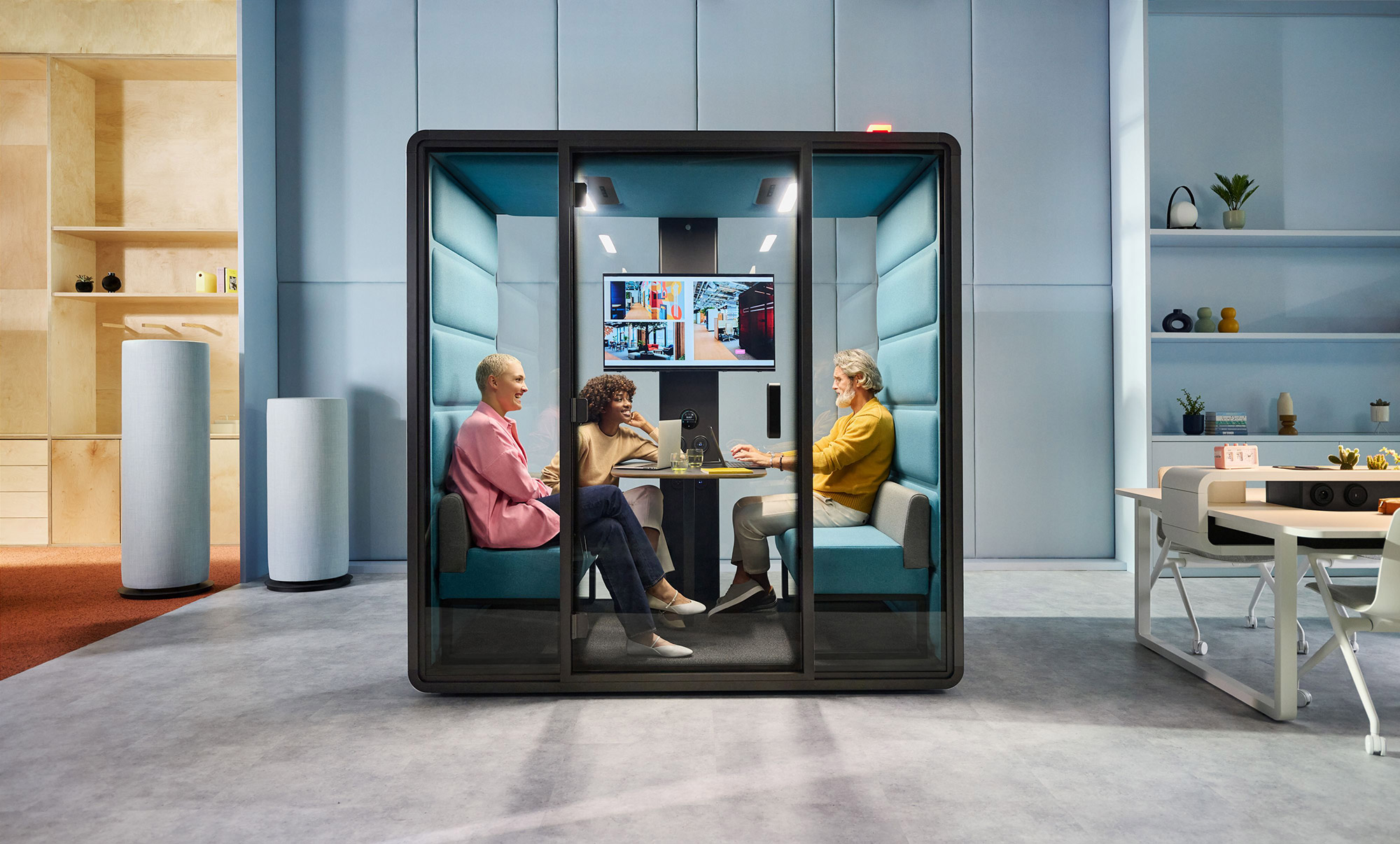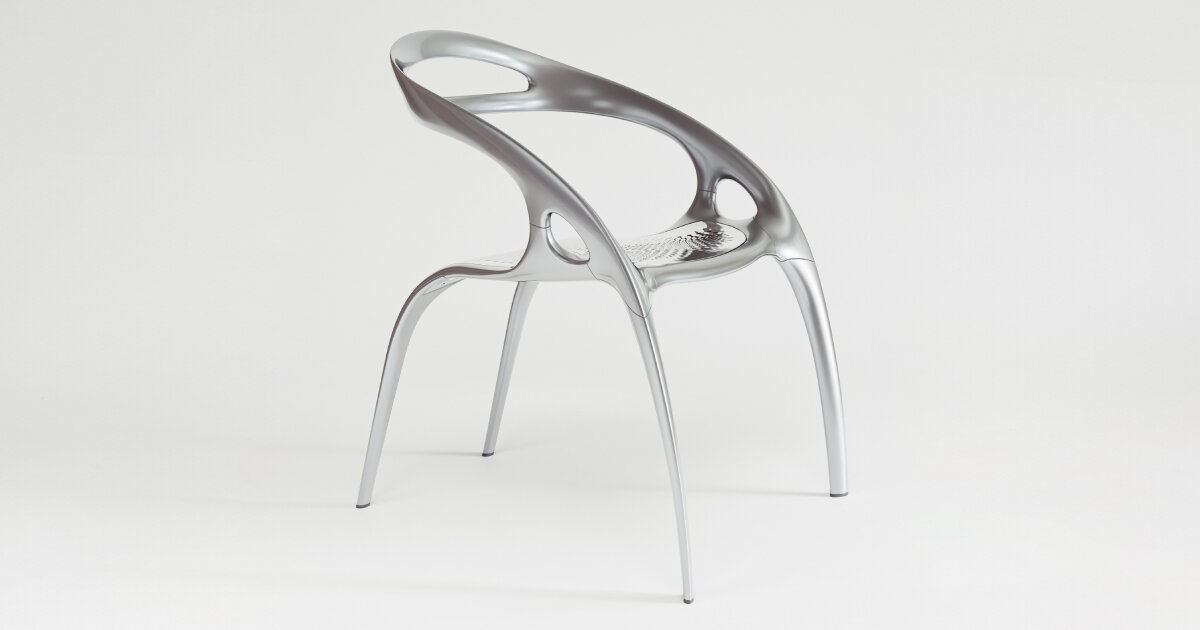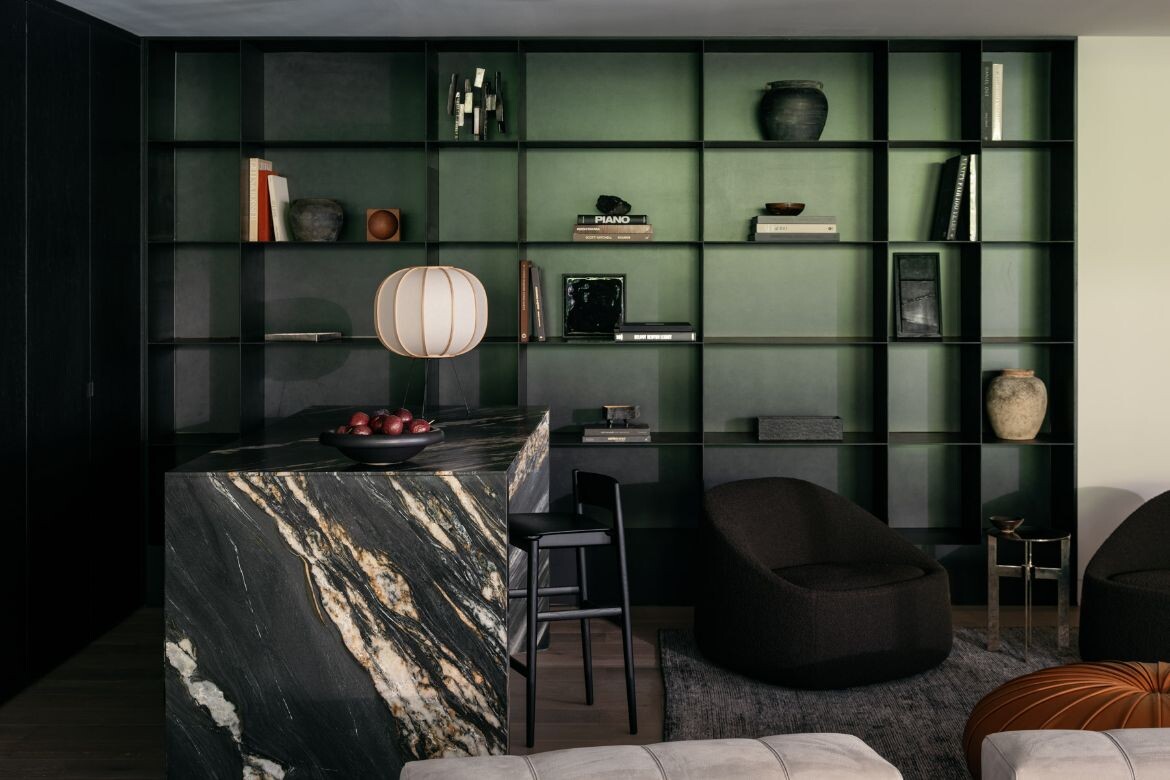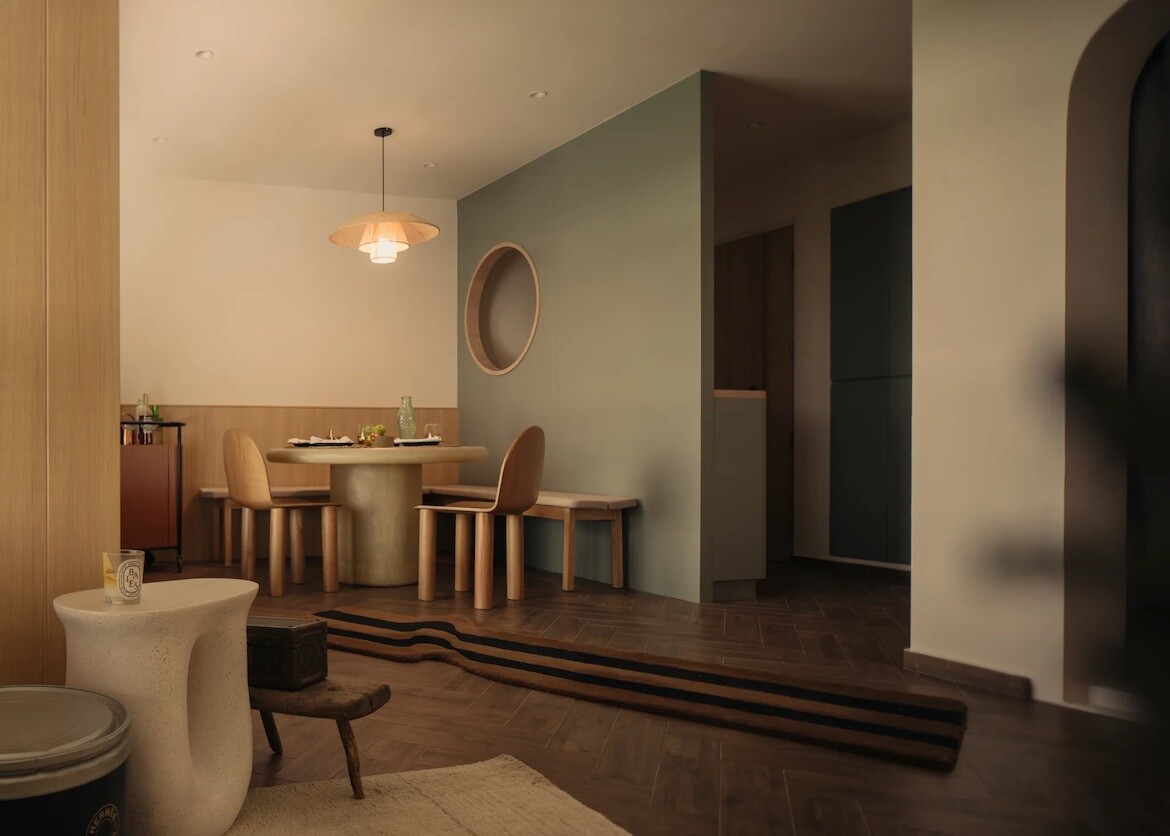How to remain relevant | Allison Zisko
Anyone looking for ways to attract younger consumers should take a page from The Metropolitan Museum of Art’s playbook.

Anyone looking for ways to remain relevant with younger consumers should take a page from The Metropolitan Museum of Art’s playbook.
The Met is 153 years old. It is a revered institution steeped in tradition and history, beloved by historians, scholars and art enthusiasts. It also has 4.3 million Instagram followers, is the top tourist attraction in a city that has plenty of them, and every year throws one of the biggest, most glamorous galas in the fashion world.
Three years ago, The Met realized it needed to reach a younger demographic. It also wanted to democratize art. So, it came up with a smart new licensing strategy that appeals to people’s emotions and their sense of self by focusing on how they like to dress, live in their homes, and show their love and appreciation for others. It collaborated on apparel with an unexpected partner, Pacsun, a brand that appeals to skaters and surfers and sells sweatshirts and T-shirts (“Now we’re interesting,” Josh Room, the head of global licensing and partnerships at The Met, told the New York Times). The Met also partnered with Casetify on phone covers, Pat McGrath Labs on makeup and Kidrobot on toys.
In home, it is working with a distinguished group of licensees who have taken the brand and run with it in creative ways. The result is a collection that is aspirational but also attainable, on-trend and historical. There are direct reproductions or close facsimiles to museum items in the overall assortment; there are also fresh new pieces that merely hint at their design provenance (Abner Henry is particularly clever about this.)
In 2022, nonprofit institutions generated roughly $217 million in sales of licensed home décor products, according to Licensing International. Many museums, botanical gardens and historic foundations have impressive licensing programs similar to The Met’s that are equally relatable and successful in home furnishings.
But it’s not always about the money, said Leigh Ann Schwartzkopf, who is the founder of Project Partners Network and an expert in licensing. Licensing can help bring a brand, particularly an older one, to life in new ways and, in The Met’s case, instill a greater appreciation for fine art. For home licensees, it’s a way to connect with potential new consumers. It’s also an opportunity to broaden retail distribution. Met licensees have access to the museum for tours and parties, which is a nice perk.
The Met’s home products are new but have a great backstory, which is something younger consumers might appreciate. So, it’s not just an upholstered chair, it’s a chair like the one Louis XVI used to decorate his salon at Saint-Cloud, which could remind someone of a trip they took to France.
Met products and new licensees will be announced at High Point Market next month. I look forward to seeing what’s old become new again.
See also:
What's Your Reaction?













